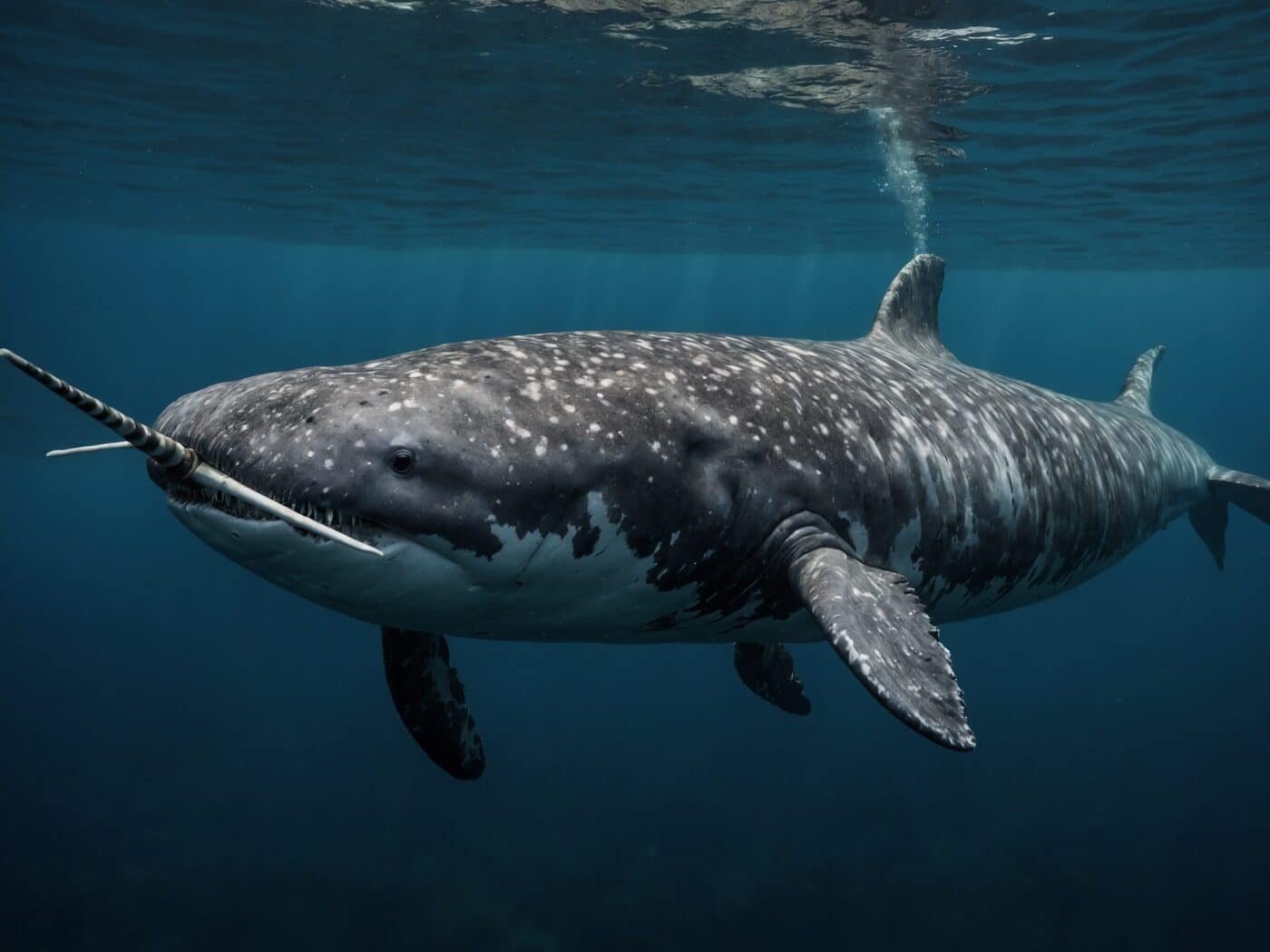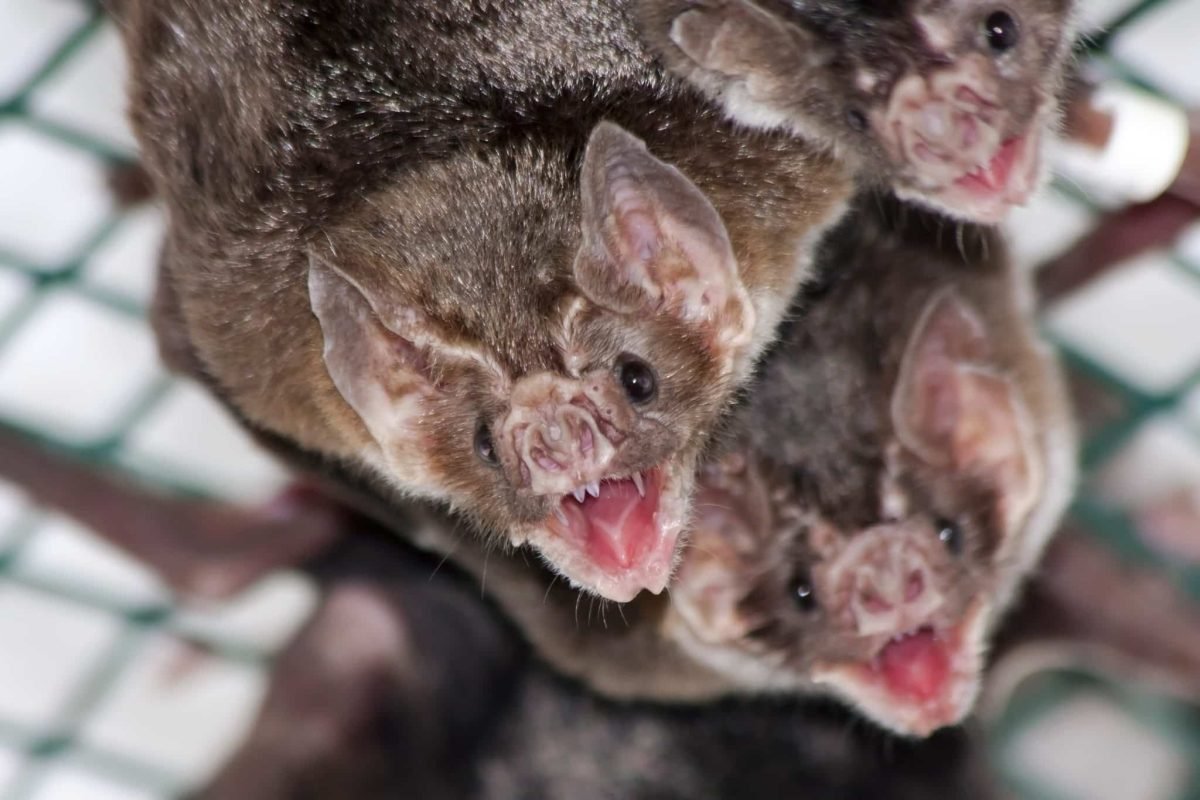Shutterstock
In the wild, animals have evolved unique diets to survive in their specific habitats, making them some of the most unusual eaters on the planet. These creatures have evolved to thrive on food sources that are not only strange, but sometimes downright confusing. Their extraordinary diets reflect the diversity of life on Earth and the creative ways animals have adapted to their environments. Here are a few wild eaters with completely unique diets that show the fascinating and often bizarre ways nature supports its creatures.
Vampire bat
 Shutterstock
Shutterstock
Vampire bats are notorious for their diet and feed exclusively on blood. They primarily target large mammals such as cattle and horses, although they have been known to feed on birds. Vampire bats make small cuts in their prey’s skin and drink the blood while the victim remains unconscious. Their saliva contains anticoagulants, which allows them to eat without the prey noticing and ensures that the blood flows freely.
Anteaters
 Shutterstock
Shutterstock
Anteaters are specialized feeders that eat ants and termites using their long, tubular snouts. Their tongues can extend over two feet, allowing them to reach deep into insect mounds. Anteaters do not have teeth, so they rely on their sticky, elongated tongues to collect insects, which they swallow whole. They use their sharp claws to break open mounds or trees to gain access to their prey, making them incredibly skilled foragers.
Koalas
 Shutterstock
Shutterstock
Koalas are known for their exclusive diet of eucalyptus leaves, which are poisonous and low in nutritional value. Their digestive system has evolved to handle these tough, fibrous leaves that most other animals cannot eat. Koalas spend most of the day resting to conserve energy as their food gives them little or no energy. Despite their limited diet, they thrive in Australia’s eucalyptus forests, demonstrating how they have adapted to their unique food source.
Sloth
 Shutterstock
Shutterstock
Sloths primarily eat leaves from cecropia trees, which are difficult to digest and low in nutrients. It takes up to a month for them to fully digest a single meal, so they conserve energy by moving slowly. Sloths also eat algae that grows on their fur, which provides them with additional nutrients. These slow-moving creatures have evolved to survive on a diet that requires minimal energy, and they’ve adapted their lifestyles to match.
Pandas
 Shutterstock
Shutterstock
Although pandas are classified as carnivores, their diet consists almost entirely of bamboo, a plant that is difficult to digest. Despite having a digestive system designed for meat, pandas consume huge amounts of bamboo to meet their nutritional needs. They spend most of the day eating and consume up to 40 kg of bamboo daily. Their specialized diet has made them one of the most well-known, but peculiar, eaters in the animal kingdom.
Vulture
 Shutterstock
Shutterstock
Vultures are scavengers that feed on rotting flesh, including the carcasses of dead animals. Their stomachs contain incredibly strong acids that break down the bacteria and toxins found in rotting flesh. This ability allows vultures to eat carrion that would be harmful to other animals. They play an essential role in maintaining ecosystem health by preventing the spread of disease and recycling nutrients.
Wolverines
 Shutterstock
Shutterstock
Wolverines are opportunistic feeders that consume a variety of food sources, including small mammals, birds and carrion. They often scavenge from larger predators such as wolves or bears and feed on scraps. Wolverines have strong jaws and an impressive tolerance for tough meat, which helps them eat food that other animals might avoid. Their adaptability to survive in harsh northern climates makes them one of the more unique eaters in the wild.
Narwhals
 Shutterstock
Shutterstock
Narwhals feed primarily on fish, squid and shrimp, and dive deep into the Arctic waters to forage for food. The long, spiral-shaped tusks for which they are known are not used for hunting, but rather for sensing environmental changes. These changes help narwhals locate prey at great depths. The unique diet of narwhals highlights their adaptation to life in the cold Arctic waters, showing their reliance on deep-sea foraging.
Leaf cutter ants
 Shutterstock
Shutterstock
Leafcutter ants have an interesting diet in that they do not eat the leaves they cut. Instead, they transport the leaves back to their nests where they grow mushrooms. The ants feed on this cultivated fungus, which serves as their primary food source. Their complex agricultural behavior is a unique survival strategy as they have adapted to depend on a symbiotic relationship with the fungus to thrive.
Geckos
 Shutterstock
Shutterstock
Geckos are opportunistic eaters, eating a wide variety of food from insects to nectar and small vertebrates. They are equipped with specialized adhesive pads on their feet so they can hunt for food in unusual places, like vertical surfaces. Their diet is very varied, which makes them incredibly adaptable. Geckos have evolved to thrive on a variety of foods, allowing them to survive in a variety of environments.
Seahorses
 Shutterstock
Shutterstock
Seahorses are delicate creatures that feed primarily on small crustaceans and plankton, using their specialized tubular snouts to suck up their prey. Unlike most animals, they lack a stomach and must be fed constantly throughout the day to stay nourished. Their diet requires them to spend much of their time hunting small prey. Seahorses are highly specialized feeders that adapt to life in the water with a feeding strategy that works for their unique physiology.
Golden poison dart frogs
 Shutterstock
Shutterstock
Golden poison dart frogs are known for their potent poisons, but their diet is just as fascinating. These frogs eat small insects, especially ants and mites, which contribute to the production of their deadly toxins. The toxins these frogs produce are a defense mechanism, making them highly toxic to potential predators. Their unique diet of specific insects is essential to their survival, allowing them to thrive in the rainforests of Central and South America.
Snow leopards
 Shutterstock
Shutterstock
Snow leopards are carnivores that have adapted to their harsh, cold environments by consuming a variety of prey, including wild sheep, goats and smaller mammals. These solitary hunters are capable of bringing down prey much larger than themselves thanks to their powerful limbs and stealthy approach. Snow leopards have adapted to the high altitude areas they live in, hunting at night and eating large meals to sustain them in the cold, mountainous regions. Their diet helps them maintain the energy they need to survive in such extreme conditions.
The strangest food lovers in the animal kingdom
 Shutterstock
Shutterstock
These wild eaters display the incredible adaptability and ingenuity of animals in their struggle for survival. They have evolved to thrive on diets that may seem unusual to us, but are perfectly suited to their environments. Their unique dietary strategies are essential to their survival and demonstrate how life on Earth continuously adapts to meet different challenges. If you think you know what animals typically eat, these fascinating eating habits will surprise you and leave you in awe of nature’s ingenuity.
